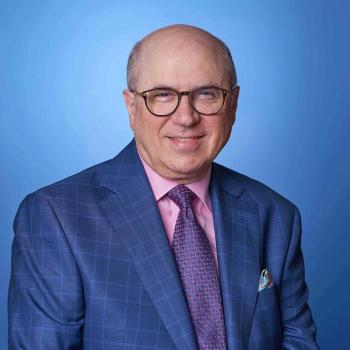
|Slideshows|March 17, 2017
Psychiatry Notes: Patients With Guns, Refugee Psychiatry, Even Longer Shifts
Author(s)Laurie Martin
A 10-1 federal appeals court decision allows Florida doctors to gun ownership with their patients; a psychiatrist on the front lines in war-torn areas; a new rule that allows for 24-hour shifts plus an additional 4 hours for residents-these and other recent stories are covered in this roundup.
Advertisement
View the notes in PDF Format.
Newsletter
Receive trusted psychiatric news, expert analysis, and clinical insights — subscribe today to support your practice and your patients.
Advertisement
Latest CME
Advertisement
Advertisement
Trending on Psychiatric Times
1
The Psychiatric Pipeline in Review: Quarter 4, 2025
2
December in Review: Updates on the Psychiatric Treatment Pipeline
3
New Year Symbols and Their Psychological Meaning
4
Misguided Values of AI Companies and the Consequences for Patients
5

















